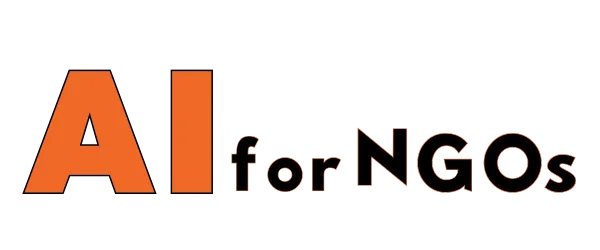In the world of social impact, there is a concept called the Theory of Change (TOC) which is a powerful tool used by organizations to plan, implement, and evaluate their programs and initiatives. This article will provide an overview of the basics of Theory of Change and how it is used to create positive social impact.
What is Theory of Change?
Theory of Change is a comprehensive methodology that is used to map out the causal relationships between a program’s activities and its intended outcomes. It is a visual representation of how and why a particular change is expected to happen. This tool helps organizations to articulate their vision, mission, and designed approach in a clear and concise manner. Additionally, it helps them to understand the assumptions that underlie their work and enables them to measure the success of their programs.
Components of Theory of Change
There are several key components of a Theory of Change:
- Inputs: These are the resources, such as funding, staff, and materials, that are invested into the program.
- Activities: These are the specific actions that are taken to bring about the intended change.
- Outputs: These are the direct results of the activities, such as the number of people reached, services provided, or products delivered.
- Outcomes: These are the changes that occur as a result of the activities and outputs.
- Impact: This is the ultimate social change that occurs as a result of the program’s outcomes.
How to Develop a Theory of Change
Developing a Theory of Change involves a collaborative and iterative process that engages stakeholders and experts. The steps generally include:
- Identify the problem: Define the social issue or problem that the organization aims to address.
- Clarify the vision and goals: Articulate the long-term vision and outcomes that the organization seeks to achieve.
- Map the causal pathways: Identify the factors and activities that contribute to achieving the intended outcomes.
- Identify assumptions: Determine the assumptions that must hold true for the Theory of Change to be valid.
- Measure indicators: Define the specific indicators that will be used to measure progress and success.
Using Theory of Change for Social Impact
Theory of Change can be used in a variety of ways to create positive social impact:
- Strategic planning: It helps organizations to align their activities with their long-term goals and develop a clear roadmap for achieving impact.
- Program design: It assists in designing programs that are more likely to be successful by focusing on the factors that contribute to change.
- Monitoring and evaluation: It provides a framework for measuring the effectiveness and impact of programs and making adjustments as needed.
Conclusion
Theory of Change is a valuable tool for organizations working in the field of social impact. By mapping out the causal pathways and assumptions underlying their work, organizations can better plan, implement, and evaluate their programs to create meaningful and lasting change in the world.
FAQs
What is the difference between Theory of Change and Logic Model?
While both Theory of Change and Logic Model are tools used for program planning and evaluation, the main difference lies in their focus. A Logic Model typically focuses on the inputs, activities, outputs, and outcomes of a program in a linear and sequential manner, while a Theory of Change emphasizes the underlying assumptions and causal pathways that lead to change.
Who uses Theory of Change?
Theory of Change is used by a wide range of organizations, including non-profits, foundations, government agencies, and social enterprises. It is especially popular among organizations that are focused on creating social impact and improving the lives of marginalized populations.
How often should a Theory of Change be revisited?
It is important to revisit a Theory of Change on a regular basis, especially when there are changes in the external environment, program activities, or stakeholder priorities. This ensures that the Theory of Change remains relevant and effective in guiding the organization’s work.









